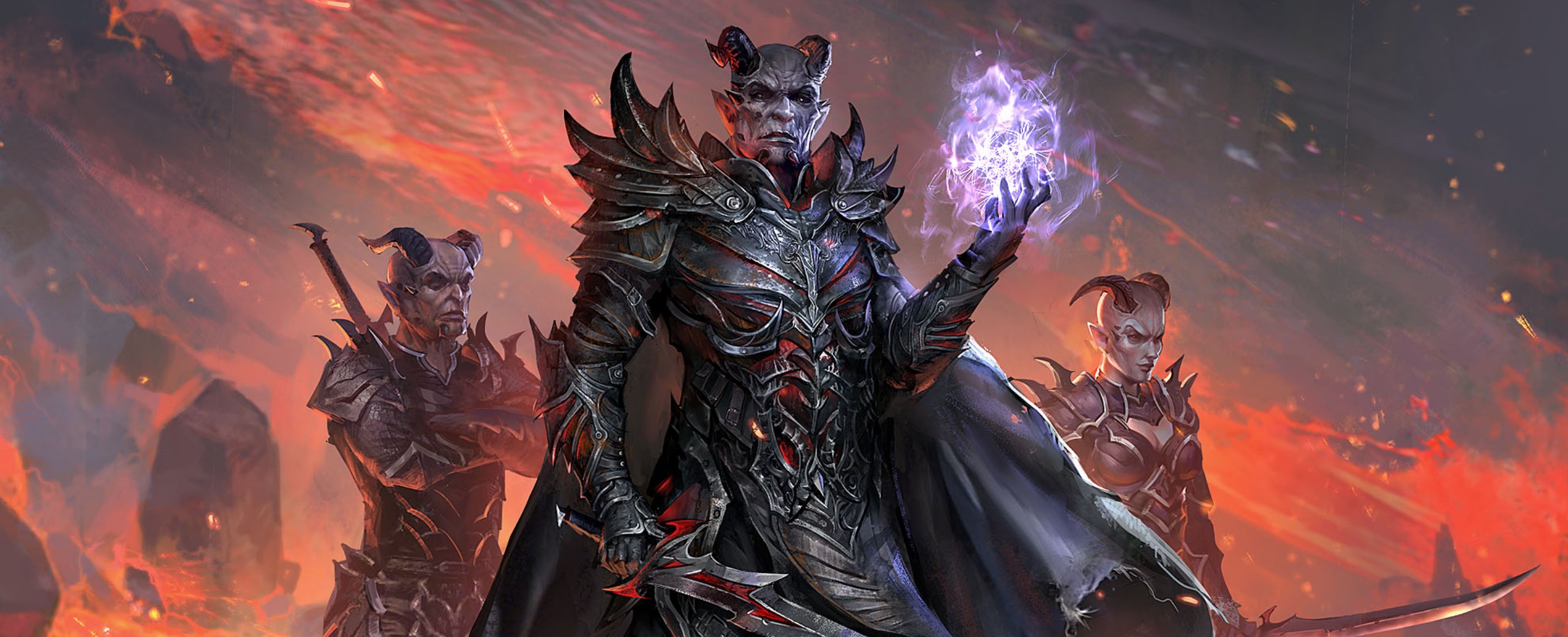Our Verdict
A deep, and potentially rewarding alternative to Hearthstone that suffers from underwhelming art design and desperately needs an injection of players to grow the scene.
PC Gamer's got your back
What is it? Hearthstone split into two lanes and with Elder Scrolls characters
Reviewed on Asus STRIX ROG GeForce GTX 1080, Intel Core i7-5820K CPU, 16GB RAM
Price Free to play, packs begin at 100 in-game gold or $2.99 for two
Developer Dire Wolf Digital
Publisher Bethesda Softworks
Multiplayer 2
Link: Official site
Read our affiliates policy
Even after playing The Elder Scrolls: Legends for seven months, I still find myself unsure about the correct lane to drop my next creature into. Staring at an empty board on turn five, I know I want to use the Ring of Magicka—which works like the coin in Hearthstone, only the player going second gets three uses—to play an early Quin’rawl Burglar. If I can connect the light-fingered khajit to my opponent's face on the following turn, it will double in power and heal me for the same amount as the damage dealt. An unanswered Burglar will win the game fast.
The normal choice would be to place it in the left ‘Field lane’, which has no special effect, because that will give me the choice to trade with any minion my opponent plays in response. Instead I pick the ‘Shadow lane’ on the right, which gives creatures stealth for a turn, hoping to bait my opponent into trying to block the Burglar with a Guard creature. If that happens, I’ll be able to use my Dune Smuggler to sneakily move the Burglar into the other lane and attack.

Unfortunately, my opponent emotes “Congratulations!” and fries my cat with a Lightning Bolt. He can do so because, unlike Hearthstone, stealth in Legends doesn’t protect you from spells. Which will freak you out the first time it happens.
That change is one of a number of small but important differences between the games, which are otherwise mechanically incredibly similar. I’m going to mention Hearthstone a lot, because it’s the prism through which every aspect of Legends has to be evaluated. Bethesda clearly saw Blizzard transmute World of Warcraft into CCG gold, and figured it could do the same with The Elder Scrolls. For players, the appeal is also obvious. Legends, with its deeper systems and more restrained design, is a potential haven from the RNG excesses of Hearthstone and the dominance of decks that win by playing the highest value creature on every turn.
Or at least that’s the theory. I’ll come to the reality shortly, but first let’s elaborate on those systems. The lanes are absolutely key. It means that if you fall behind in one, you can still try to battle for control in the other. By effectively creating two separate board states, the decision-making when it comes to how you use your resources—cards, life total, creatures in play—is inherently more complex. In Hearthstone, when you lose the board it’s usually a case of draw an AoE spell or die. But in Legends the lanes make for more swing turns, and games often end in damage races between the two competing lanes.
Face is not always the place
If we can agree that making lots of small decisions is a core part of what makes a card game feel fun and interactive, then you’re going to like the Rune system. You begin the match with a pool of 30 health, and at each increment of five damage taken a rune around your portrait will break, drawing a card in the process. The importance of that is it means players need to think hard about how they dole out damage. Play too aggressively, and your opponent will draw fast, increasing the likelihood of finding vital answers to your threats.
On its own, the card draw penalty would not be enough to discourage the most degenerate ‘aggro’ strategies, but there’s another catch. If the card which comes from a rune break has the ‘Prophecy’ keyword on it, you get to play it for free immediately—even during your opponent’s turn. In a tightly-contested game, popping a crucial Prophecy card like Moonlight Werebat or Piercing Javelin can be absolutely backbreaking and make for otherwise unlikely comebacks.
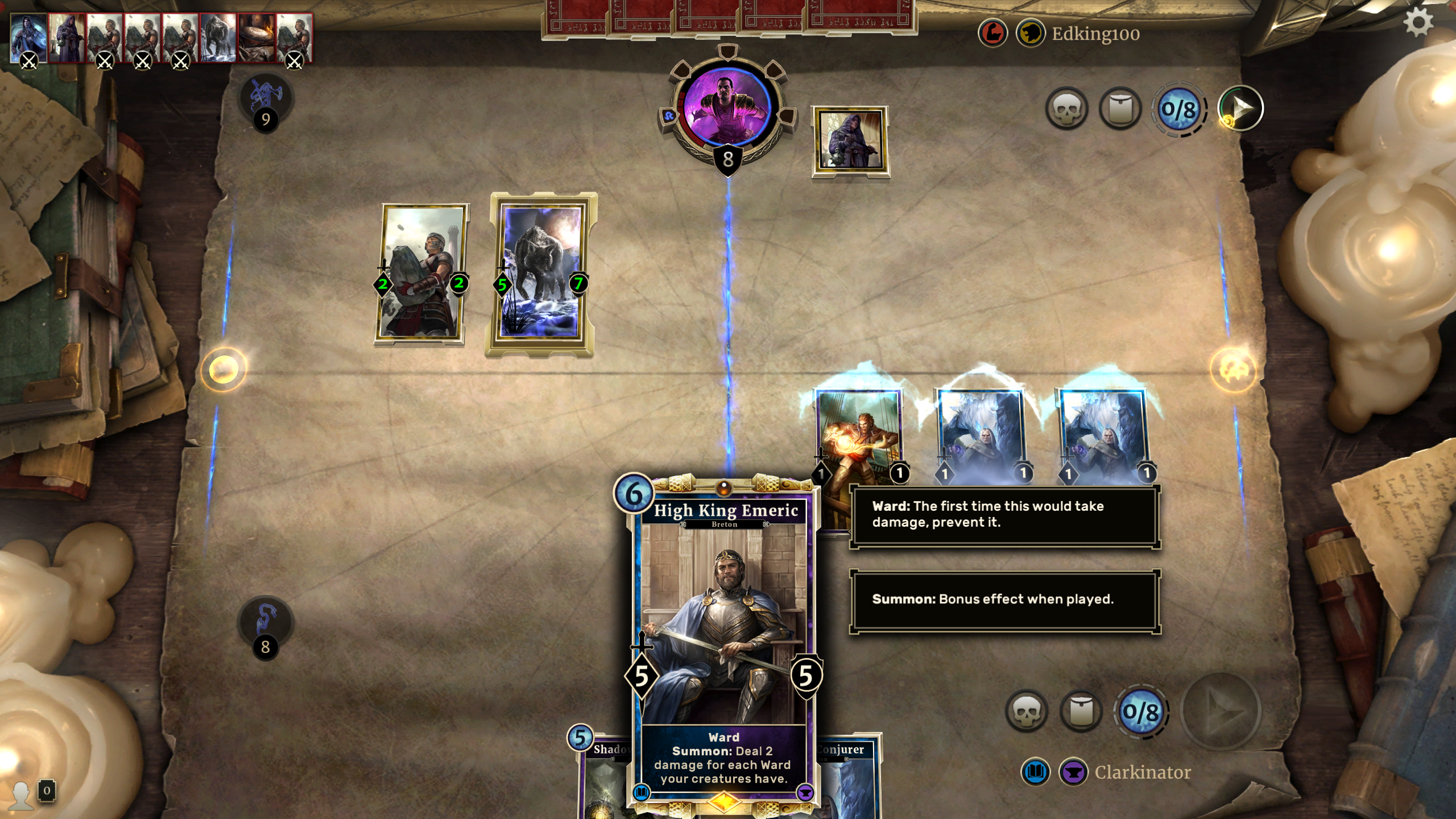
You may be wondering how this isn’t even more egregious RNG than Hearthstone. Well, for a couple of reasons. There’s a downside to including too many Prophecy cards in that they’re generally overcosted if you don’t get to play them for free. Also, it’s mostly down to the aggressor to determine when to break runes, so a good player will know what kind of Prophecy card the opponent is likely to be running in that particular deck, and play around the potential impact accordingly. Plus, the “what’s in the box” element makes for tense and fun moments.
I’m not saying there haven’t been times I resembled the EU salt mountain after hitting five straight prophecies...
And look, I’m not saying there haven’t been times I resembled the EU salt mountain after hitting five straight prophecies to lose a game that was otherwise easily won. But on balance I think runes and prophecies force players to think smarter—for example, some slower decks will look to build an insurmountable position before breaking any runes—and also ask interesting questions at the deck building phase. What are the right number of Prophecy cards to include? Which ones actually support my deck’s strategy? The result is that Legends games tend to last longer and feel grindier compared to Hearthstone. The metagame also has a relatively healthy spread of viable aggro, midrange, control, and to a lesser degree, combo decks.
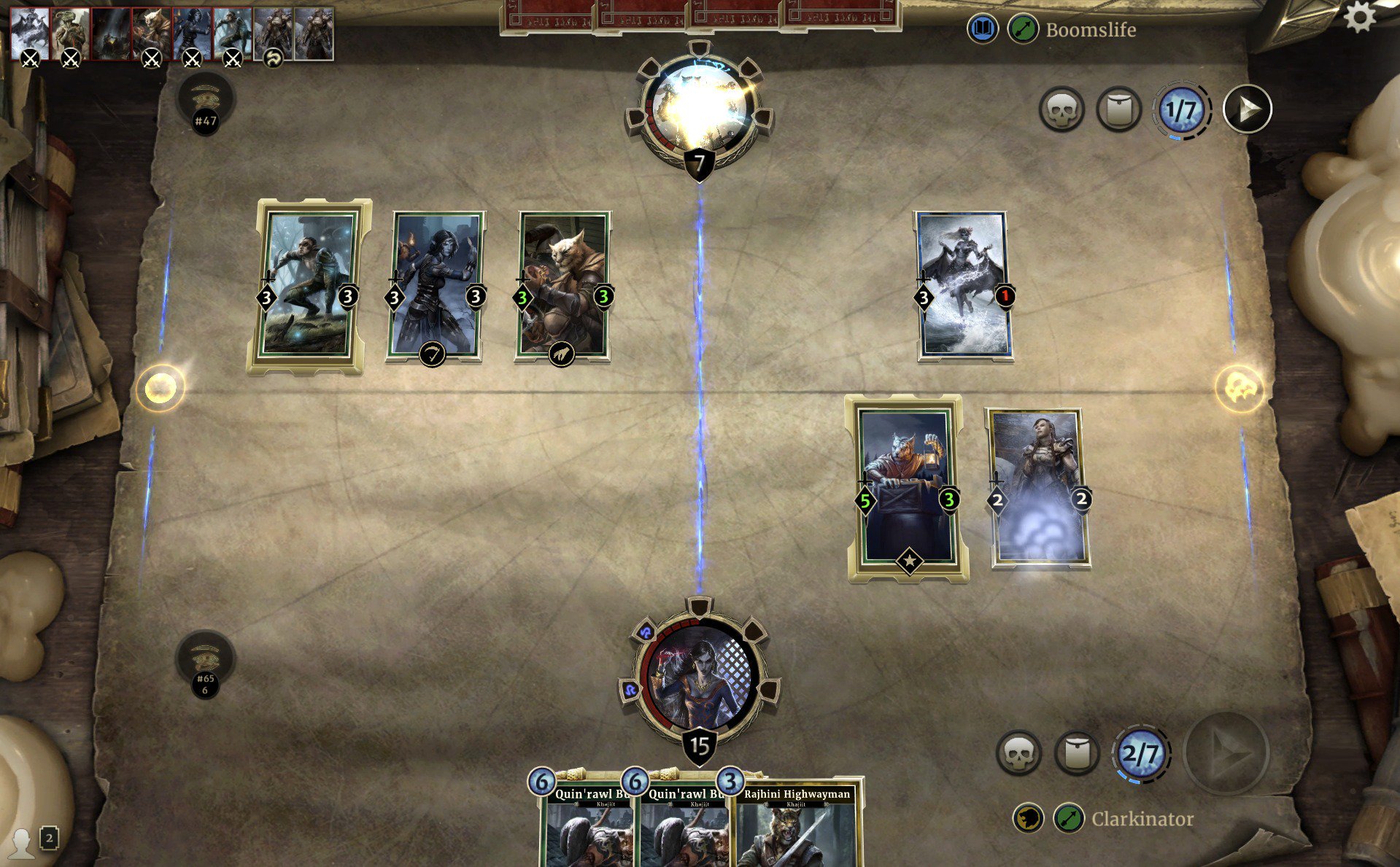
That said, playing creatures “on curve” is still a good strategy as anyone who’s played Midrange Sorcerer will know, and I’m less convinced by the idea Legends is some kind of anti-RNG alternative to Hearthstone. Arguably the card file is just a lot smaller. Legends also has its share of ridiculous RNG cards, some of which are worse offenders. Cards like Wabbajack, which transforms any creature into another random creature, or the recent monthly reward card, Heroic Rebirth, which changes a card in your hand into a random Legend, have the potential to be absolutely infuriating. Legends also has a number of cards which trigger powerful effects based on being ahead on life total, which provide an interesting check against decks which want to twiddle their thumbs and do nothing, but can also feel pretty oppressive.
The good news is that Dire Wolf Digital, which also develops the Eternal CCG and includes Magic: The Gathering hall of famer Luis Scott Vargas on the design team, has been much more active when it comes to balance than Blizzard. Truly problematic cards like Murkwater Savage and Divine Fervour have been nerfed relatively fast and without too much fuss. The game is also pretty generous when it comes to rewards. You can earn Soul Gems (the card crafting currency) just from playing practice games against the AI, and both solo and versus arena offers healthy card pack payouts. But be warned that the solo Arena difficulty spikes like the Throat of the World after you hit rank five.

The counterpoint to Bethesda’s apparent card pack largesse is that Legends decks are bigger the Hearthstone’s—50+ cards versus 30—and you can include three copies of some of the legendary cards, which are inevitably among the best in the game. Yes, you can grind it out as free-to-player, but if you want those Supreme Atromancers in your ‘Merric Battlemage’ deck, you’ll need to be patient or pay. Presumably the idea that CCGs are expensive if you want to play competitively won’t come as a shock, but for complete disclosure my collection is ~90% complete and I’ve spent a couple of hundred bucks so far.
Angry Chicken before Mnemic Egg
Clearly I like Legends enough to keep playing and paying for it, while also maintaining a substantial Hearthstone habit, so the question becomes: why isn’t it more popular and should that be a worry? I think popularity matters more than it might in other reviews, because just being good isn’t enough for a CCG to succeed. As with an MMO, it needs a healthy playerbase and supporting ecosystem of content creators to remain vibrant. And make no mistake, Legends struggled with this in beta.
Part of the reason may be that it’s actually too close to Hearthstone. Other rivals like Duelyst and Shadowverse have a very distinct identity, but Legends offers slightly better systems and more depth in a similarly Tolkienesque setting. That doesn’t feel like enough to persuade players to abandon their expensively-assembled Hearthstone collections. Bethesda will point to the fact that the arrival of mobile phone and tablet versions will inject new life, but when those came to Hearthstone the game was already a phenomenon. Perhaps the sponsored streams will help, but again they rely on popular Hearthstone personalities persuading their own audience to switch games.
Here’s the far bigger problem. Legends doesn’t have that ineffable quality that Blizzard’s game does, which it’s tempting to call magic, but actually amounts to ridiculous amounts of polish. I don’t mind the card art in Legends, which is mostly detailed if somewhat muted high fantasy fare, but plenty of people seem to find the style boring. Less debatable is the game board, of which only one is offered, and it’s an absolutely unloveable rhapsody in beige. The lack of pizazz also extends to the most basic interactions.
In Hearthstone your opponent dies in something close to a supernova. In Legends it’s more like a damp firework going fut.
In Hearthstone, pretty much every action, whether it’s a ridiculous board clear like Twisting Nether, or something you’ll do a million times like clicking your hero power, looks great and feels satisfying. That’s not the case in Legends. It’s not that the animations are bad per se, they just don’t release the same sweet hit of dopamine. The biggest case in point being when you actually win. In Hearthstone your opponent dies in something close to a supernova. In Legends it’s more like a damp firework going fut.
The drab vibe also extends to the classes themselves. Rather than Hearthstone’s nine heroes, in Legends you mix and match from two attribute colours plus neutral cards. Players coming from Magic: The Gathering will take to it like an Argonian to swampland, and again there’s more plenty of depth thanks to dual-colour cards and strong design generally, but ultimately the absence of equivalents to Rexxar, Anduin et al leads to a literal lack of personality.
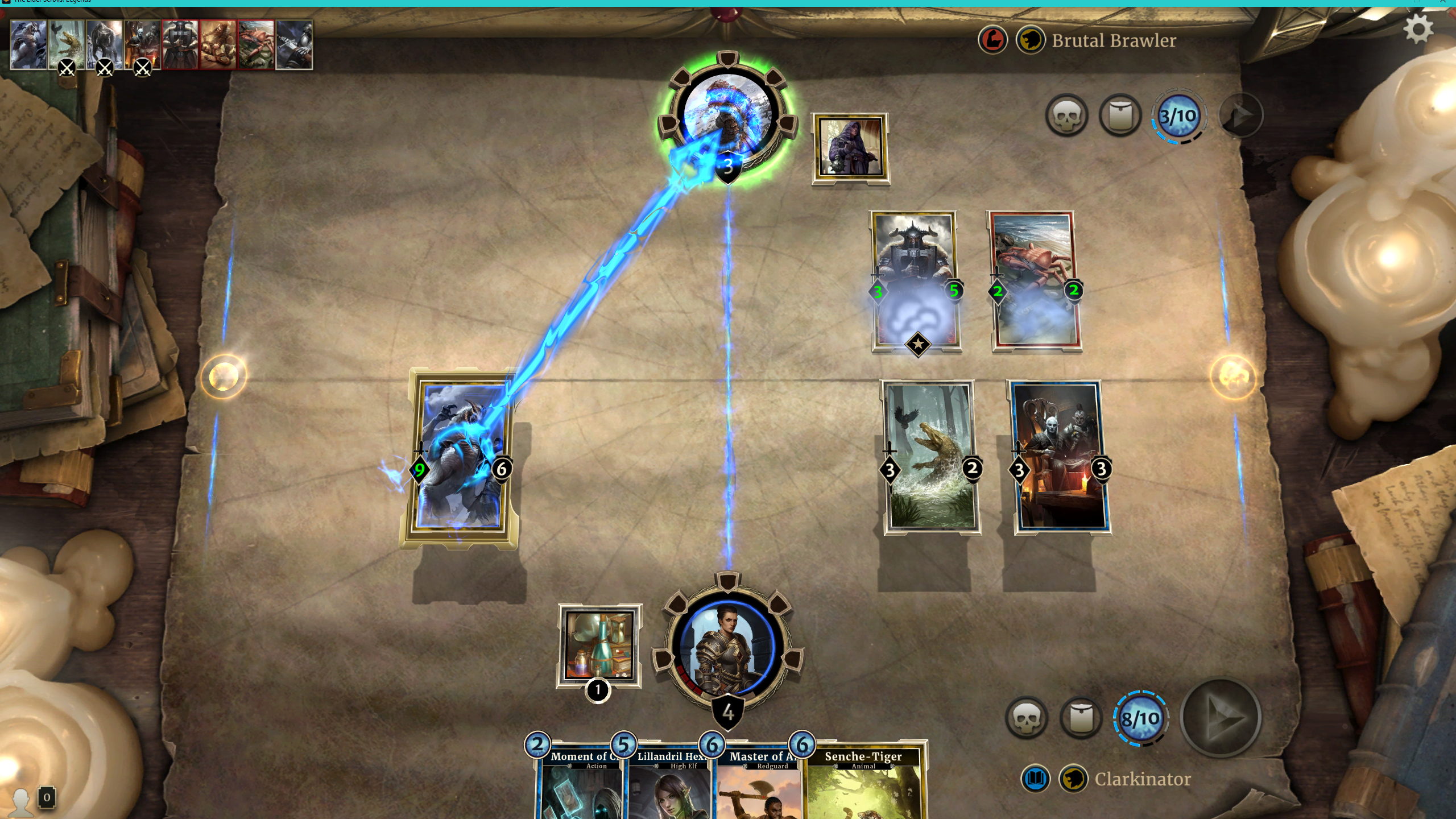
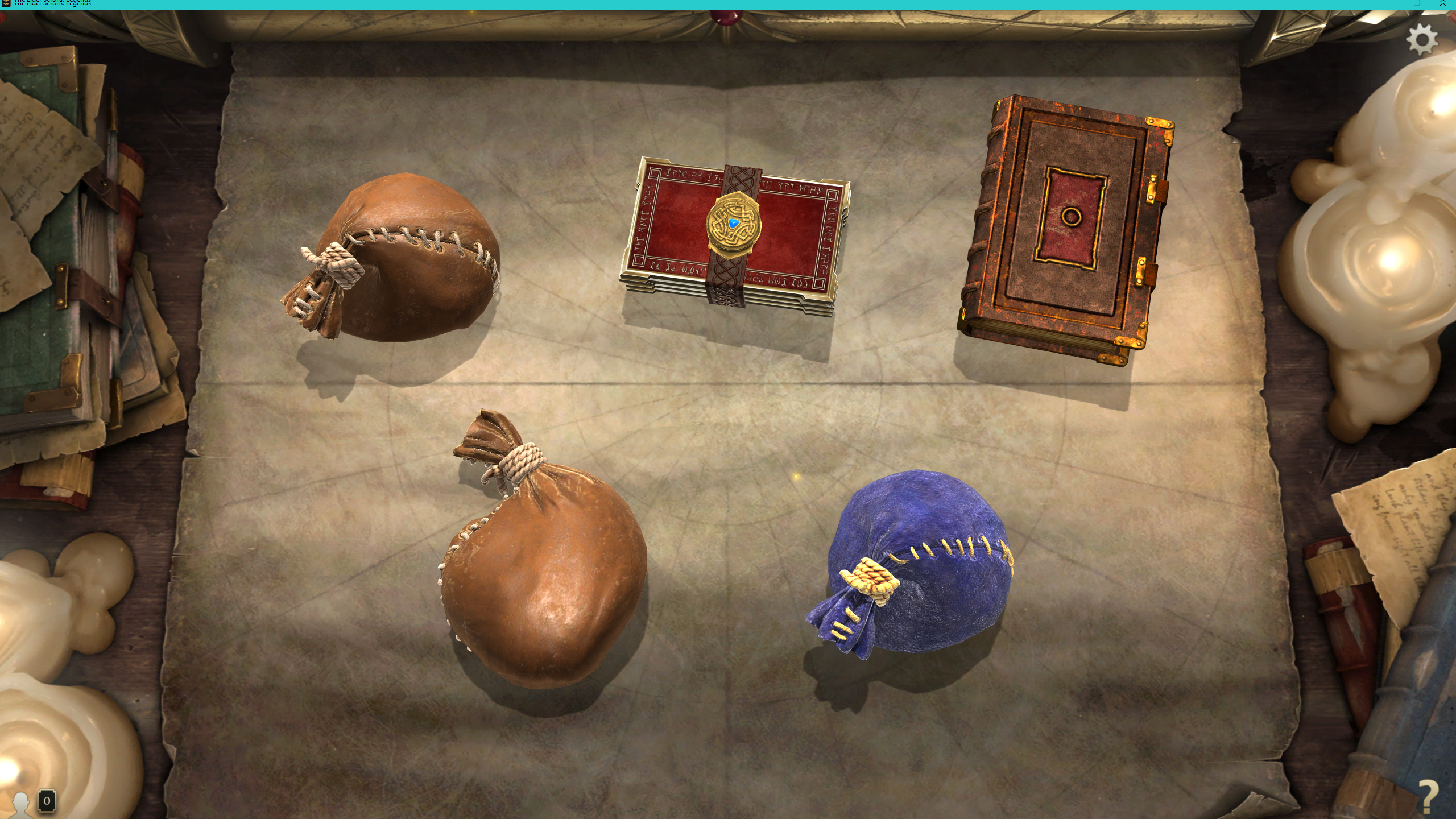
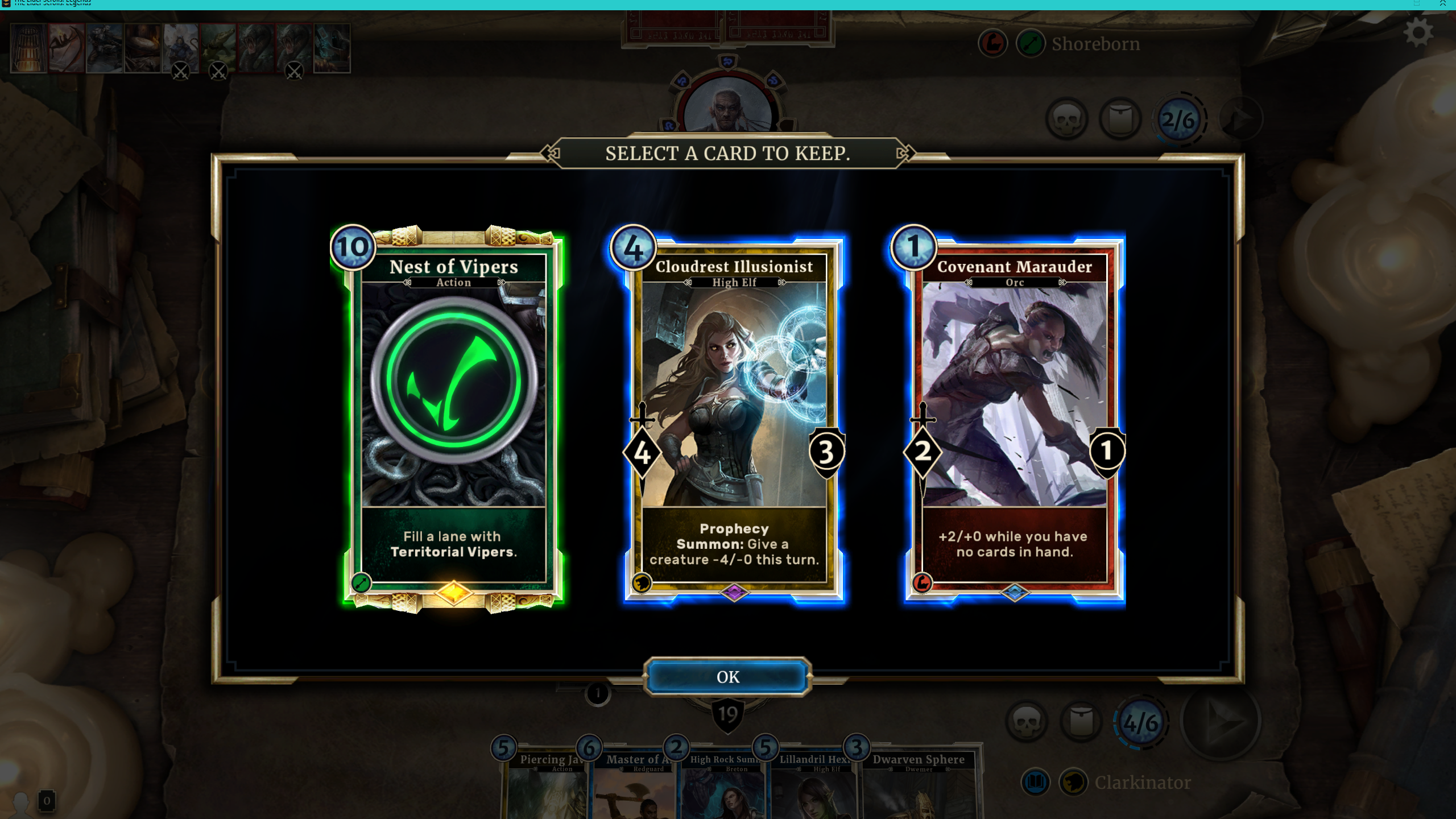
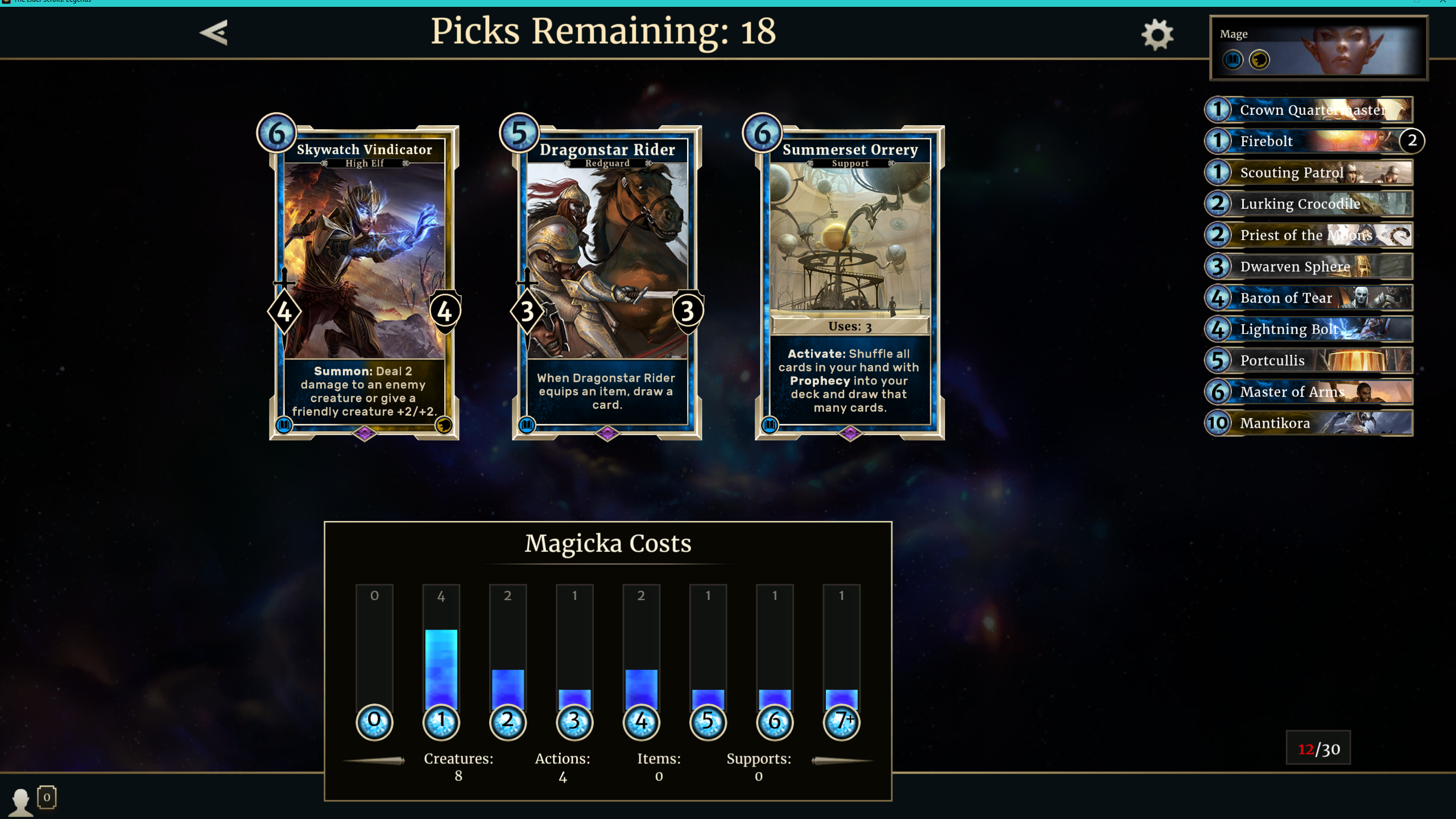


All of which explains why I no longer think Legends is going to take a serious bite out of Hearthstone. At least not yet. Legends’ more serious approach means it doesn’t lend itself to those Swashburglar-into-Sacrificial Pact to kill Lord Jarraxus moments that have turned the likes of Disguised Toast and Trolden into YouTube stars. This is never going to be a game of great memes. But what Legends does have are rock solid systems, and a clearly talented team of card designers who are responsive to feedback. On that basis, I’m optimistic that the two forthcoming expansions can at least shore up its position as a viable competitor with better deck diversity. And if you do decide to jump in, here’s a semi-pro tip: They always have the Lightning Bolt.
A deep, and potentially rewarding alternative to Hearthstone that suffers from underwhelming art design and desperately needs an injection of players to grow the scene.
With over two decades covering videogames, Tim has been there from the beginning. In his case, that meant playing Elite in 'co-op' on a BBC Micro (one player uses the movement keys, the other shoots) until his parents finally caved and bought an Amstrad CPC 6128. These days, when not steering the good ship PC Gamer, Tim spends his time complaining that all Priest mains in Hearthstone are degenerates and raiding in Destiny 2. He's almost certainly doing one of these right now.
